

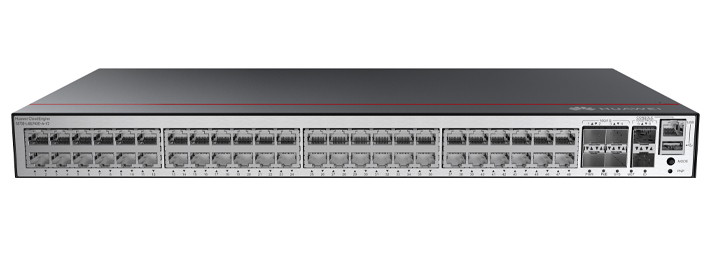
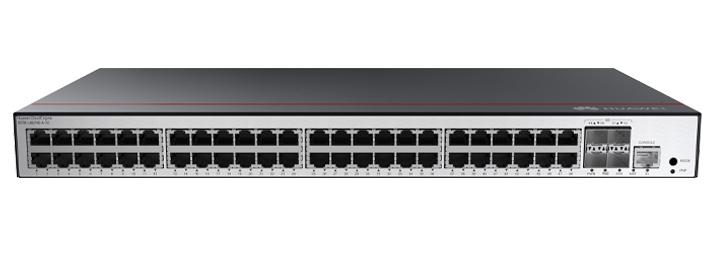
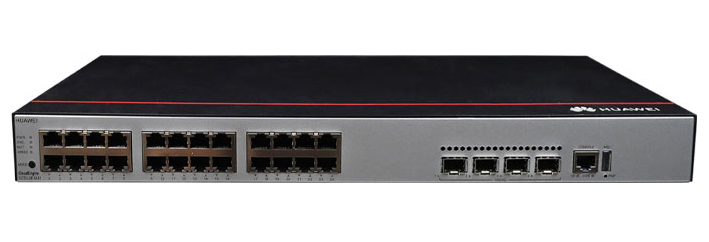
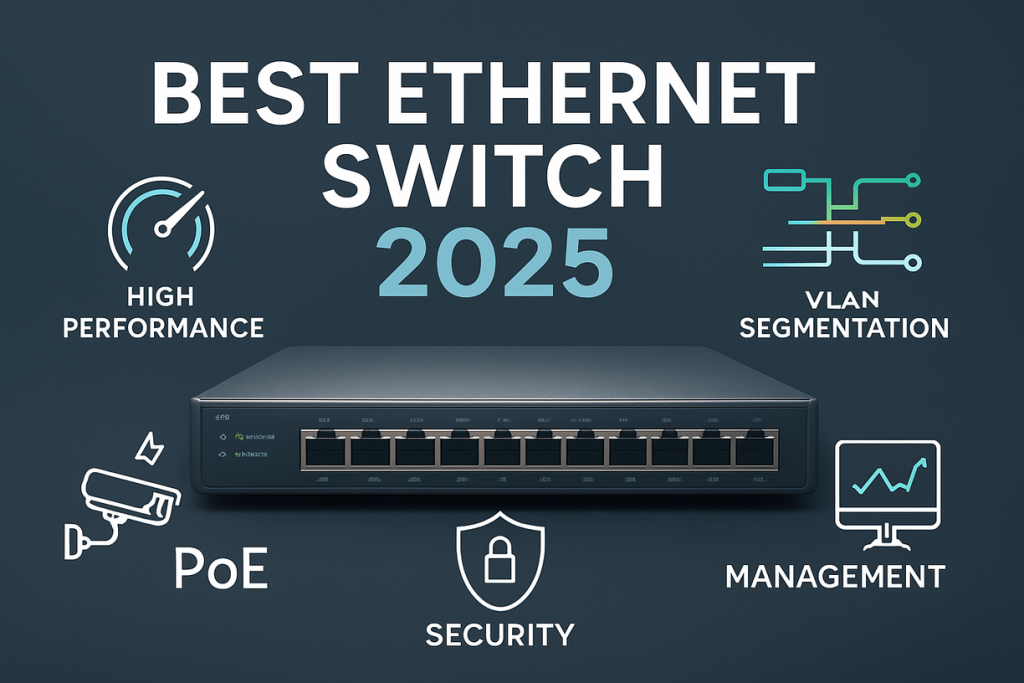
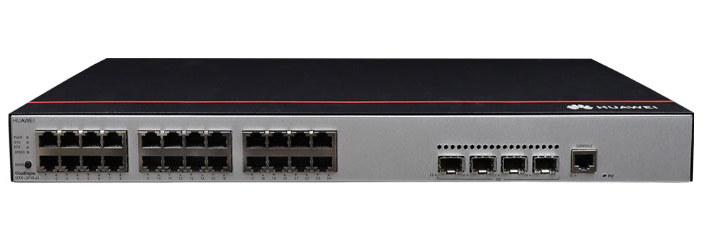
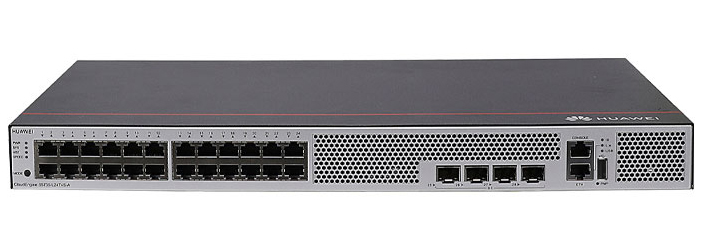
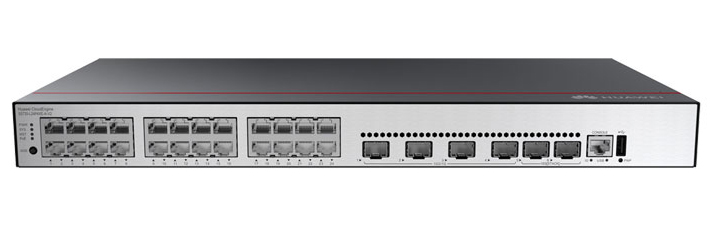





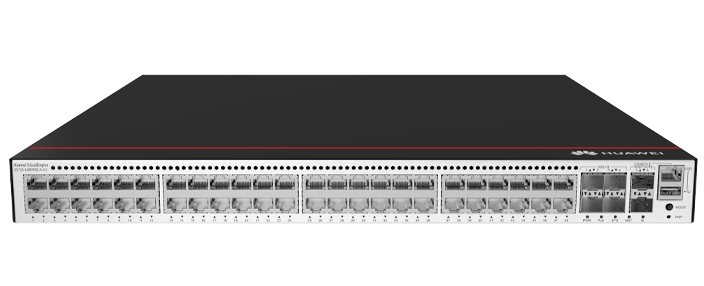


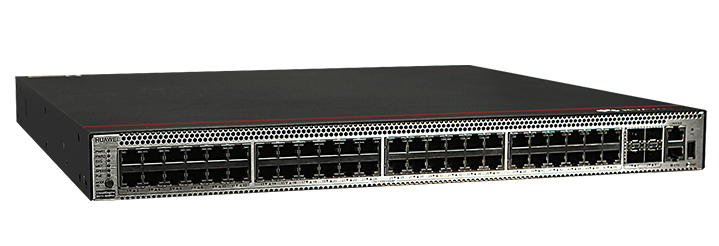
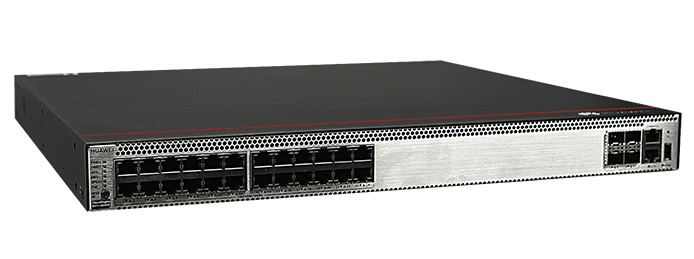
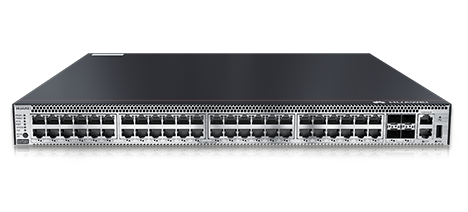




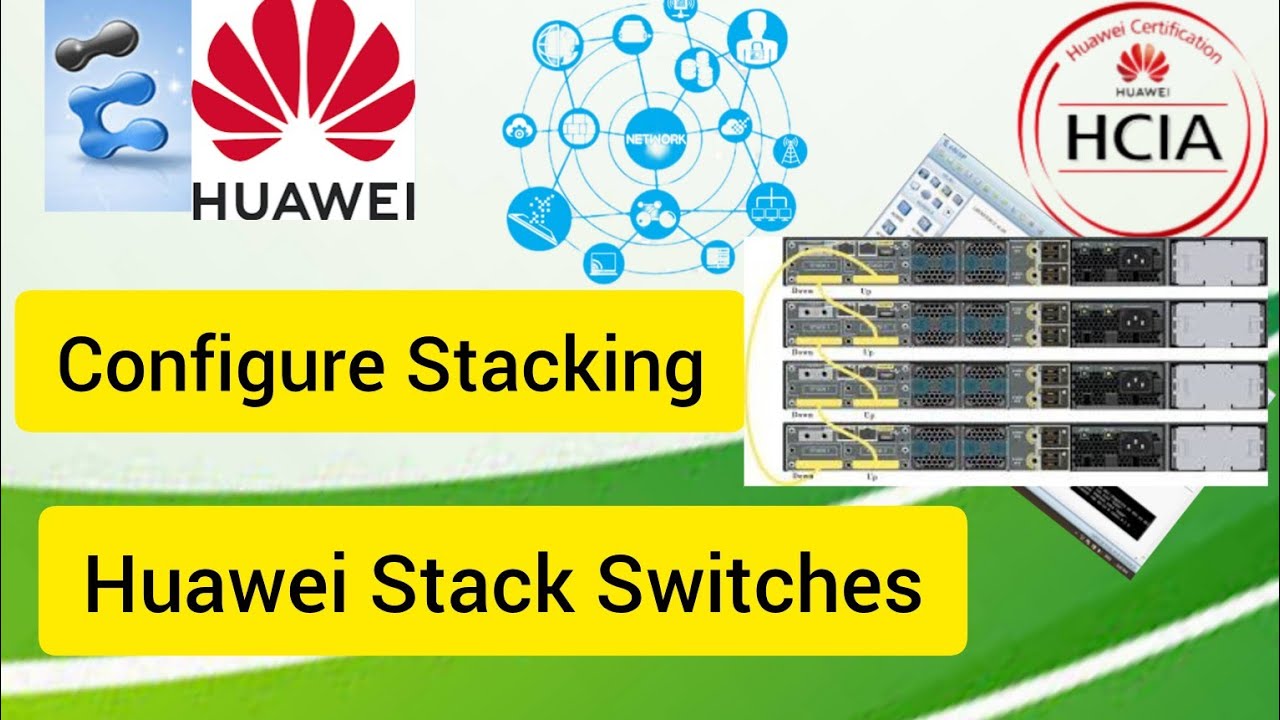

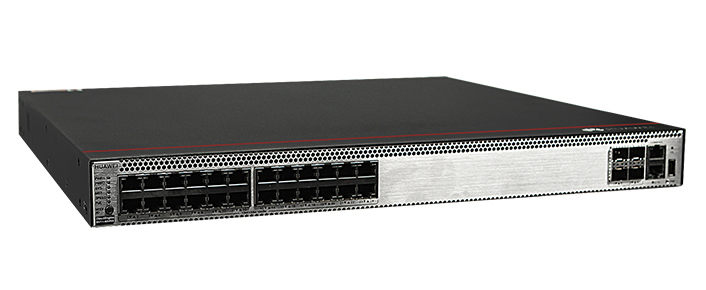
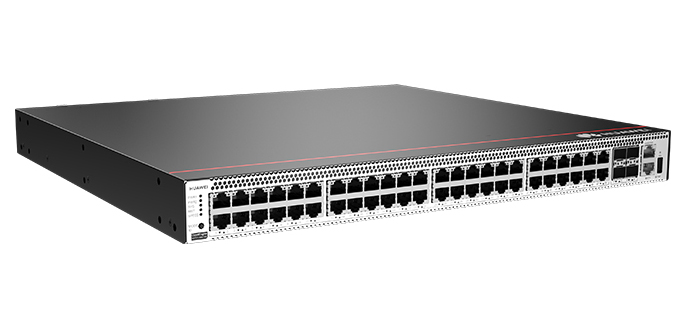
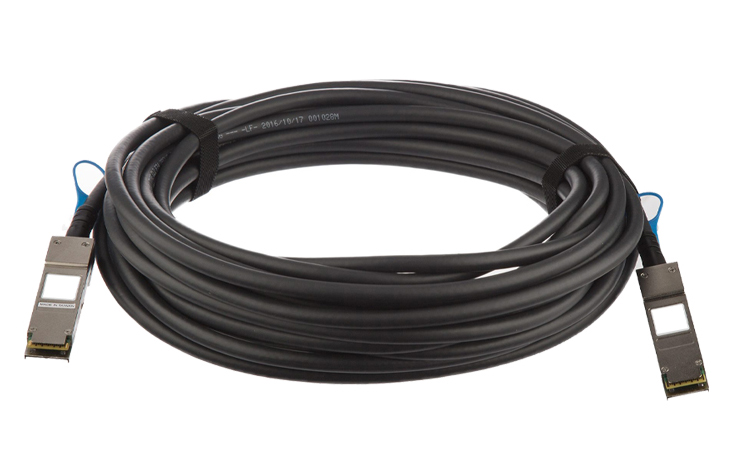
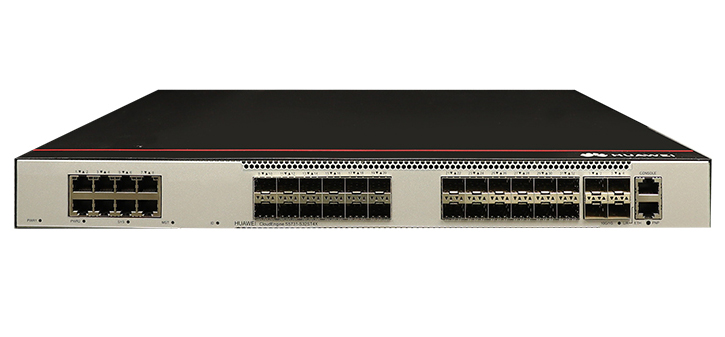
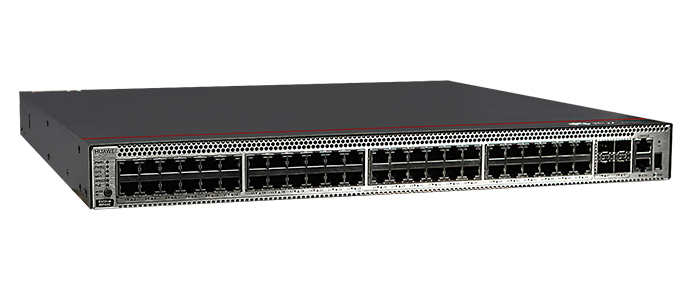
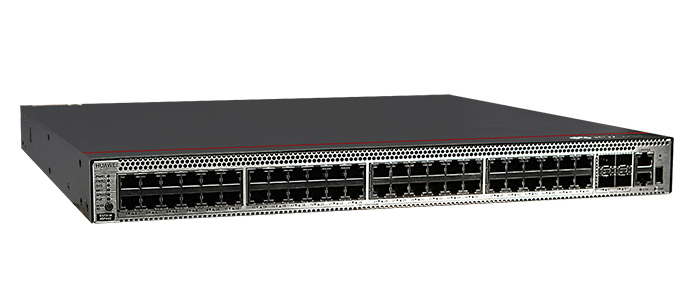

TheGoogle Pixel 10 Pro XL (left) next to the Samsung Galaxy S25 Ultra (right).
The Google Pixel 10 Pro XL is one of the hottest new Android phones right now, but how does it stack up to the current champ? Ahead of today's Made by Google event, I spent an intimate morning handling both the new Pixel model and the Samsung Galaxy S25 Ultra to determine which one deserves a spot in your pocket. The answer is... complicated.
Also: Everything announced at Made by Google 2025: Pixel 10 Pro, Fold, Watch 4, and more
With the Pixel, Google is making its most compelling case yet, introducing meaningful upgrades like faster wired and wireless charging, and a Tensor G5 chipset that's well optimized for the AI era. The new Pro XL model, in particular, sets the record for having the largest battery on a Google phone.
Meanwhile, theGalaxy S25 Ultra continues to hold its ground as one of the top Android phones six months after launch -- a testament to the longevity of Samsung's all-in approach to hardware and software design. That begs the question: Which of the two phones should you buy? Here are the top reasons to help you decide.
Get more in-depth tech coverage: Add us as a preferred Google source on Chrome and Chromium browsers.
One of the biggest distinctions between the Google Pixel and just about every other Android model is the software experience. I wouldn't categorize the latest Pixel launcher (atop Android 16) as bare bones, but it's certainly less intrusive and feature-packed than Samsung's OneUI. There's a handful of customization tools for the home and lock screens, but don't expect to be able to tweak every little aspect of what's in front of you.
Also: I went hands-on with every Google Pixel 10 model - and was surprised by the one I loved most
Naturally, the cleaner aesthetic of the Pixel launcher and the use of an in-house Tensor G5 chipset allow Google to distribute the latest Android features, such as Magic Cue, which proactively spawns action items based on screen and app context, more quickly and efficiently to its smartphones. The company promises up to seven years of operating system updates, Pixel Feature Drops, and security patches to keep the phone relevant until at least 2032.
Sure, the Pixel 10 Pro XL may not have all the camera bells and whistles as the Galaxy S25 Ultra, but where it lacks in sensors, it makes up for in computational tuning and image recognition. The best example is when I tested the Pixel's new 100X Pro Res Zoom, which leverages its 48MP telephoto lens and the new Tensor G5's ISP to recognize distant subjects and AI-generates lost details. The result, as surveyed by a crowd of media members, showed the Pixel beating the Galaxy's 100X zoom by a long shot.
Also: The best Android phones to buy in 2025
Besides having one of the best point-and-shoot camera systems on any smartphone, the Pixel 10 Pro XL also features many AI tools that help users capture, edit, and reproduce photos to their liking. (I'll acknowledge here that there's a whole "What is a picture?" debate tied into the generative AI madness.)
However, for customers who favor idealism over realism and convenience over labor, tools like the enhanced Add Me, Pro Res Zoom, and the new Camera Coach, which guides your framing and mode selection within the viewfinder in real-time, give the Pixel 10 Pro XL one of the most forgiving camera systems on the market.
Yes, the Pixel 10 Pro XL is$100 cheaper than the Galaxy S25 Ultra, but perhaps more importantly, it's actually comfortable to hold. Considering how often you'll be carrying your phone around, holding it up, and interacting with it on a daily basis, hand feel is one of the most overlooked but vital aspects of mobile devices.
Also: PixelSnap is the MagSafe for Android phones we've been waiting for - here's our first look
Compared to the boxy, sharp-cornered design of the Samsung, the Pixel 10 Pro XL has flat edges that let you grip the phone firmly and subtle curves that help reduce the overall footprint. Put on a case on both devices, and you'll notice the difference even more.
Google also offers a new PixelSnap system of magnetic accessories that takes advantage of the Pixel 10 Pro XL's Qi2 wireless charging. In addition to easier docking and stand placements, PixelSnap lets you mount hand grips and kickstands without the need for third-party adapters and mounts.
While Samsung's software experience has become less buggy and chaotic since the old TouchWiz days, OneUI remains one of the most feature-rich versions of Android on the market. The native launcher allows you to customize elements like the wallpaper shade, widget styles, swipe animations, and more. On a device like the Galaxy S25 Ultra, you'll get additional note-taking features to make the most of the built-in S Pen stylus -- though you can no longer use air gestures on the latest model.
Also: Why I recommend the Samsung S25 Ultra over competing Android phones
Like Google, Samsung also promises at least seven years of software updates for its Galaxy S models. That's to say, you'll feel like you got your money's worth when splurging on Samsung's flagship phone.
I've tested almost every major smartphone release in the past year, including a big-screen foldable, and the Galaxy S25 Ultra has the best display that I've seen. It's a 6.8-inch AMOLED LTPO panel that refreshes between 1Hz and 120Hz and gets plenty bright during the daytime. By the way, those specs are nearly identical to the Pixel 10 Pro XL. So what sets the Samsung Galaxy S25 Ultra apart is a glare-free coating that significantly reduces light reflections.
Whether you're framing a photo under direct sunlight or reading the web in a well-lit environment, the anti-glare coating that Samsung has given the Galaxy S25 Ultra makes the model's visual output more perceptible than that of an ordinary smartphone.
The Tensor G5 chip inside the Pixel 10 Pro XL performs quite well, acting as the source for many of the smartphone's most engaging features. It enables all of the device's AI tools, like Gemini Live, Pro Res Zoom, and Magic Cue, just to name a few. However, when you look at the real-world stress tests and feedback from power users, the Galaxy S25 still comes out on top.
The Qualcomm Snapdragon 8 Elite chipset has proven reliable, battery efficient, and capable of running the latest mobile AI tools without many hiccups. For mobile gamers and folks who multitask in their sleep, the Galaxy S25 Ultra would be the better pick.
If you're after a big-screen flagship phone, the latest iPhone 16 Pro Max is worth considering. However, antsy Android users looking to jump to iOS should also consider waiting for the imminent launch of the iPhone 17.
If you want a flagship Android experience but on a smaller screen, consider the Pixel 10 Pro. The display is only 6.3 inches, but the cameras and feature set are identical to the XL model.
 Hot Tags :
Tech
Smartphones
Hot Tags :
Tech
Smartphones